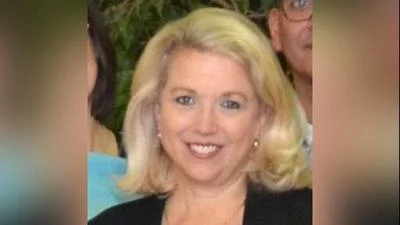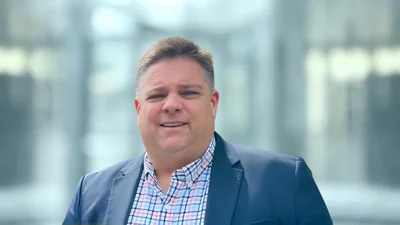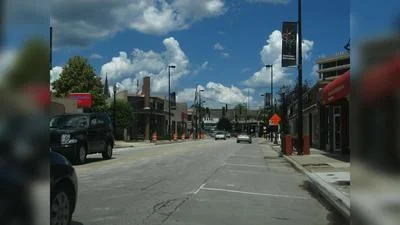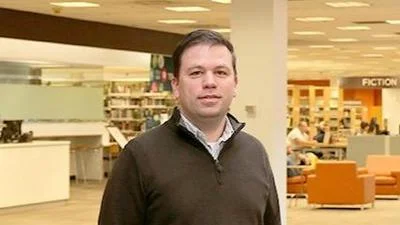Barrington Board | https://www.facebook.com/barrington220/posts/pfbid0yuxmH6T5jTSxJAXWi3WDhDR7TJoUt5sacEuYLgC1mzrzBsinYn7mzNgjBjypCGKzl?__tn__=%2CO*F
Barrington Board | https://www.facebook.com/barrington220/posts/pfbid0yuxmH6T5jTSxJAXWi3WDhDR7TJoUt5sacEuYLgC1mzrzBsinYn7mzNgjBjypCGKzl?__tn__=%2CO*F
The Barrington School board received an update on energy initiatives for the district. At their January 10th school board meeting, the members of the Barrington school district discussed the potential of solar power in the district. Dr. David Bein, the assistant superintendent of business operations, brought a presentation to the board to continue the discussion.
The board had previously discussed green energy in general, considering hydropower alongside solar, but solar seems to be the best option. Coupled with the rising energy costs, an increase in the federal tax reimbursement for having solar energy, and the opportunity for Solar Renewable Energy Credits that exist as a pseudo currency for organizations, the future of solar in the district is looking more and more feasible.
"But I do want to start with our mission of empowering personal excellence in every learner and really how that connects with our one of our strategic priorities," Bein said. "So as we went through that process and developed strategic priorities, stewardship is one that came out during all of the community meetings and conversations that we had. And in stewardship it, we say we want to continue to be good stewards of resources by maintaining fiscal responsibility and promoting ecological sustainability. And that's really the big connection here with solar, is that it really is about promoting ecological sustainability while also providing for our fiscal responsibility."
Dr. Bein discussed their options moving forward. While solar is completely viable for the district, it will still require a large upfront investment, which the district wouldn’t see equaled in cost savings for several years. They also have to consider which of their roofs are best suited for solar (flat, southwest facing) and how much solar they could install across each building. The initial investment for the project would be somewhere around $5-10 million minimum, with cost savings varying depending on what type of installation and partner company they choose.
There was some public comment from residents about their support in pursuing solar energy for the district, saying they hoped it would be a part of future roofing projects and that the district would become more and more sustainable in the future. The board also supported Dr. Bein’s findings so far, and the timeline that he proposed. This process consisted of gaining board approval, then he could seek out some actual proposals from solar companies, bring those to the board, and then potentially they could create an agreement and start on the installation process. Installation could potentially be summer of 2024. The board gave their approval for him to proceed.






 Alerts Sign-up
Alerts Sign-up